Erasing Afro-Latinos? Pt. 2
Intercultural competence is a difficult skill to teach. In a single classroom of 20 students, there is a myriad of complex possibilities. Each person is an intersection of theological beliefs, regional culture, family patterns, personal temperament, conflict style, previous trainings … the list is difficult to exhaust. Of course, the main challenge is the variety of racializations and experiences with racism each student brings to the discussion. To measure the range of skill present in the class, I use an assessment tool called the Intercultural Development Inventory (IDI). This tool measures intercultural competence on a spectrum consisting of five levels, the third of which is called “Minimization.” According to the IDI, minimization is a mindset that “highlights commonalities in both human Similarity (basic needs) and Universalism (universal values and principles) that can mask a deeper understanding of cultural differences.”[1] In other words, those who minimize tend to flatten difference and reduce conflict by emphasizing – often overemphasizing – what a group shares in common. “We are all the same in Christ,” a minimizer might say, dismissing the differences between believers. Imagine my discomfort when I discovered my use of mestizaje was perceived by some as minimizing.
There is a history of minimization in Hispanic communities in the US, and I unpacked it in a previous article. Minimization is about keeping peace. For minorities relying on this intercultural strategy, it is about “going along to get along;” it is about building rapport between people of different backgrounds. Minimization often works, making it harder for people to want to try a different, more complex form of intercultural engagement. Perhaps many of the scholars who wrote about mestizaje in the 70s, 80s, and 90s, those Dr. Santiago-Vendrell and others critique, did not go far enough. Perhaps they believed minimization was sufficient for their task. Perhaps they were unaware of their minimizing, as is often the case. Regardless, looking back on over thirty years of discourse built on Elizondo and others’ use of mestizaje, it becomes quite apparent that their intentional minimization introduced problems they did not foresee.
Nestor Medina, in his book Mestizaje: Remapping Race, Culture, and Faith in Latina/O Catholicism, writes an extended critique of US-Latina/o theologians who “constructed a romantic version of mestizaje that naively promised the inclusion of all peoples but effectively silenced the rich diversity of the U.S. Latina/o population.”[2] He evaluates the work of several major cultural and theological scholars and demonstrates ways their use of mestizaje continues to exclude, homogenize, and at worst, reinscribe racial hierarchies present in the Spanish colonial empire. The groups most affected by the dominant use of mestizaje, according to Dr. Medina, are the living Indigenous and Afro-Latinas/os present in the diaspora and in Latin America. Detached from the history that birthed the language of mestizaje, scholars too often present a utopian vision that is not grounded in present conditions or history. Therefore, Medina recommends US-Latina/o theologians engage in a self-critical examination of mestizaje and mutual conversations with Afro-Latina/o and Indigenous theological partners without demanding their acceptance of the language.
This article is an attempt to do the first of Dr. Medina’s recommendations by presenting an intercultural theology of mestizaje. I am going to rely on a foremother who introduced a use of mestizaje that avoids the minimization tendencies of other scholars. Both habits of minimization (e.g. flattening difference and reducing conflict) will be dealt with directly, focusing on the particularity of the discussion and those having it. After surveying each minimization tendency and how it affects our theological discourse, I intend to provide my own construal of mestizaje, defining the term and the two theological themes key to my understanding of it. World Outspoken is also taking up the second recommendation, so this pair of articles will be followed by a series of explorations of identity, history, and theology written by Afro-Latina/o ministry partners.[3] The goal is to expand our theological horizons to account for the great wealth present in our whole community. To that end, I present my views here as an open invitation for dialogue.
Flattening Difference
“Seeking to present a united front among U.S. Latina/o theologians and scholars, mestizaje-intermixture quickly became characteristic of the U.S. Latina/o communities and obscured the “unmixed” and “differently mixed” indigenous and African voices among U.S. Latina/o populations.”[4]
There are Latinas/os who are not mestizas/os (i.e. mixed children of Spanish and Indigenous blood). There are also mixed heritage Latinas/os who do not identify with the term. Part of the problem that developed as mestizaje became the dominant theological category to describe intermixture and promote a future vision of peace and unity is that it absorbed – in what I imagine felt like an act of force – the unmixed indigenous, unmixed Afro-Latino, differently mixed Afro-Latino, and others into an identity designation that historically did not include them. Furthermore, in some places in Latin America, the term is presently associated with their disenfranchisement. It is reasonable, then, for non-mestizos to resist the use of mestizaje to describe their experience and/or identity.
The error committed by Elizondo and others was to construe mestizaje as a single global process that has already or would eventually produce a future, mestizo people.[5] I agree with Dr. Medina’s claim that, “Mestizaje must be seen in the plural sense and qualified in light of the historical contexts from which those plural meanings emerge.”[6] In the post-colonial world, there are many processes of intermixture, each described with terms contextualized to capture certain nuances (e.g. mulato, creole, metis, sato, etc.). It is an oversimplification to suggest that Latina/o theologians and scholars have an agreed upon definition of mestizaje. Even in limiting the scope to the U.S., there are competing and even contradictory notions of what mestizaje means in this context, so it should be noted that not all scholars reduced mestizaje to a single process tied to a single identity. While this is the dominant understanding of mestizaje in the US, there is an alternative worth strong consideration.
The Foremother of Mestiza Discourse
I previously introduced Elizondo as the leading voice on mestizo scholarship, but there is an alternative, arguably as influential voice that deserves credit for defining the uses of mestizaje in the US. Her name is Dra. Gloria Anzaldúa. She was a Chicana scholar, focusing on feminist theory, cultural studies, and LGBTQ+ advocacy. Her books have been studied in a wide variety of disciplines, demonstrating her influence on several academic fields. For my purposes, Anzaldúa’s book, Borderlands/La Frontera: The New Mestiza, is of particular interest. The book is a collection of essays and poems building a framework for understanding the experiences of those who live in the borderlands. Anzaldúa grew up miles from the border between Mexico and the US, and she used her borderlands experience as a metaphor for describing several kinds of tensions in the complex development of identities. “For Anzaldúa, the borderlands are important not only for the hybridity that occurs there, but also for the perspective they afford to their inhabitants.”[7]
What is unique about Anzaldúa is that she does not reduce the community of the borderlands to one identity. As a lesbian woman, she recognized the need for multiple identity markers that shift and rearrange in dialog with one’s context. The borderlands reveal that all category designations for people are social constructions. For Anzaldúa, mestizas gain the ability to see “the arbitrary nature of all social categories,” and their life in the borderlands builds in them the ability to “hold multiple social perspectives while simultaneously maintaining a center that revolves around fighting against concrete material forms of oppression.”[8] The borderlands is also home to Afro-Latin@s. It is the dissonant home of all those who experience nepantalism, “an Aztec word meaning torn between ways.”[9] More recently, my friend Dr. Chao Romero recaptures this idea in his use of the term Brown.[10] Dr. Chao Romero is careful to stress:
As a metaphor for racial, cultural, and social liminality, brown should be considered a fluid “space” as opposed to any body of static, essentialized cultural characteristics. In this sense, “brown” is an apt descriptor for many cultural and ethnic groups in the United States—such as Asian Americans, South Asians, Pacific Islanders, Middle Easterners, and the fast growing mixed race community-- who also find themselves in the liminal space somewhere betwixt and between that of Black and White.[11]
This metaphorical place, the borderlands, is a powerful and useful tool for theological reflection. It supports one of the two theological themes fundamental to my understanding and use of mestizaje. It indicates that mestizaje is an exilic process.
Mestizaje as Exile
In Scripture, the exile is carried out by a violent enemy of Israel. The people of Israel are dislodged from their land, separated from loved ones, and absorbed – by force – into a foreign kingdom. Those left in the homeland are, in some ways, impoverished by this separation, and there would later be conflict between them and those who return from the exile because of it. This displacement and disenfranchisement profoundly shaped God’s people for the rest of the story, and the exile even becomes an identity marker for the Church (1 Peter 2:11). Mestizaje is a process that produces exiled people.
Like the Israelites in the OT, Chicanas like Anzaldúa lost their tie to the land when an enemy of Mexico occupied it. This occupation produced similar dissonance for those now exiled Mexicans. They are disassociated with the land, separated from their families, and absorbed – by the force of war – into a country not their own. Describing Anzaldúa’s context, Dr. Medina writes, “the political barrier between the two communities strained and oftentimes ruptured the connection of Mexican Americans with their ancestral land. This break forced Mexican Americans to find new and creative ways of asserting their identity as people.”[12] For Anzaldúa, this meant taking on Chicana, Mestiza, Mexicana, and other identities as were appropriate for her context. On the east coast, among Puerto Ricans, this exile from the homeland caused some Ricans to take on a black identity.
Anzaldúa argues that the exile forced the production of multiple new identities. Rather than flatten the borderlands experience, a better understanding of mestizaje is that it indeed produces a multiplicity of “between world” identities. It also demonstrates that this does not happen peacefully or without power differentials. “The coming together of two self-consistent but habitually incompatible frames of reference causes un choque, a cultural collision.”[13] Later, in attempt to describe the creative power of the Mestiza, Anzaldúa writes, “though it is a source of intense pain” the energy of a mestiza consciousness comes from the continual breaking down and rebuilding of identities and making room for ambiguity. For many, mestizaje opens old wounds, but Anzaldúa leverages these wounds to resist the duality of the world around her. She is not like the Mexican, nor is she like the Anglo American. She is neither. The exiled mestiz@s make their home in the borderlands, and that place includes others as well (Afro Latin@s, Indigenous, etc). But, as Anzaldúa demonstrates, the borderlands themselves are not without conflict.
Reducing Conflict
“We can learn from the “mistakes” of mestizaje about constructing alternative societies based upon the celebration of difference and diversity without making universal, homogenizing claims and without erasing or silencing the histories and stories of other people groups by bringing premature resolution to internal conflicts through superficial unity that forecloses those conflicts.”[14]
In their introduction to the 25th anniversary edition of Anzaldúa’s book, Cantú y Hurtado write, “[Anzaldúa’s] frequent visits to Mexico … also made her keenly aware that oppression was not the exclusive province of one country or another, of one racial group or another, or even of one ethnic group or another.”[15] Their description of her experience hints to the conflicts between Mexican and Mexican Americans produced by the exilic experience. Medina elaborates this reality, writing, “There were differences and tensions between Mexicans and Mexican Americans: to the former, the latter had sold out to the U.S. culture and were not true Mexicans; the latter were oblivious to the social and political plight of the former.”[16] The borderlands are charged with internal conflict among the exiles who call it home.
The sad truth of life in the borderlands is that many Latinas/os in power have reached their position by following the path of Zacchaeus, the chief tax collector. By aligning themselves with the empire, they are elevated from among their own, only to support a structure that oppresses their people. In Brown Church, Chao Romero uses a different biblical illustration, comparing these Latinas/os to the Sadducees and the Herodians, sell-outs who colluded with the Romans. He writes, “In the 21st century it is the Ted Cruzes of our community—those who leverage their education, money, and light pigmentation to gain honorary membership in the white social club of privilege.”[17] Afro-Latin@s and the Indigenous have more than sufficient evidence of the ways “white” Latinas/os have not been their allies or brethren.[18] This reality is part of the reason Afro-Latin@s and Indigenous communities resist mestizaje.
As I demonstrated in part one of this series, in Puerto Rico mestizaje was a process by which some Latinas/os pursued whiteness and supported the oppression of blackness. In describing this wickedness, I think Anzaldúa provides a corrective for mestizaje not by denying this evil but by naming it as part of the mestiza identity. Here too, Justo González presents a key theological contribution to the use of mestizaje. For both scholars, the mestiza/o is someone marked by impurity, marked by non-innocence.
Mestizaje as Impurity (Non-Innocence)
Anzaldúa has a remarkable and distinct voice on conflicts in the borderlands. Rather than distance herself from the conflicts, she commits to using some of her energy to serve as a mediator.[19] She believed she could serve as a mediator because the mestiza consciousness “serves as a mode of self-critique.”[20] Anzaldúa resisted the idea of simple two-sided conflicts where one group is oppressor and the other is oppressed. She believed “no one is exempt from contributing to oppression in limited contexts.”[21] This idea that all mestiza/os are complicit in and inherit guilt is echoed in the words of Justo González. González did something masterful when redeeming mestizaje for theological readings of Scripture and history. One of the first elements in his theological account is this idea that mestizos carry a “noninnocent history.” For Dr. González, this is about challenging the myth intrinsic to white readings of history. He writes,
“Our Spanish ancestors took the lands of our [Native] ancestors. Some of our [Native] ancestors practiced human sacrifice and cannibalism. Some of our Spanish forefathers raped our [Native] foremothers. Some of our [Native] foremothers betrayed their people in favor of the invaders. It is not a pretty story. But it is more real than the story that white settlers came to this land with pure motivations, and that any abuse of inhabitants was the exception rather than the rule. It is also a story resulting in a painful identity.”[22]
Both writers argue that mestiza/os are never beyond guilt. They are instead, quite comfortable confessing the guilt they inherit, and their complicity in current injustice. The heart of the colonizer is never far away for the mestiza/o because they know its in them. Indeed, this is true of exiled Israel too. The reason Israel was exiled was because they had Babylonian hearts; they built a nation of oppression and injustice in connection with their idolatry. The notion of inherited guilt must be extended to include what is missing from dominant understandings of mestizaje. If Dr. González is right that the mestizo identity is a “painful identity” marked by inherited guilt, this has to include the ways mestiza/os have made every attempt to move up the scale to white and away from their black heritage. Surely our inherited guilt does not stop with our earliest ancestors. Those mestizos, criollos, mulatos, and satos that assimilated whiteness at the expense of their black family incur an additional weight of guilt that only complicates our history and further marks our identity. We cannot deny our status-hungry ladder climbing nor the ways whiteness encouraged it.
Para el Mestizo y la Afro-Latina
Given the complexity of these discussions, its best to refer to a plurality of mestizajes than a singular mestizaje. Scholars like Medina and others invite those of us who use this language to be open to dialog with those who resist it. There are multiple identities experiencing the exile of the borderlands. Those marked by these identities have been marginalized by an outside empire, but they also marginalize one another. Therefore, all the borderlands exiles need the great deliverer to rescue them and bring peace among them. Anzaldúa admonishes all the residents of the borderlands to know each other more deeply. She writes, “we need to know the history of their struggle, and they need to know ours … each of us must know our Indian lineage, our afro-mestizaje, our history of resistance.”[23] In this set of articles, I attempted to make myself more clear and better known. I invite the readers to stay close to World Outspoken as the next articles in the series will introduce the histories of Afro-Latin@s who share space with us in the borderlands.
ABOUT EMANUEL PADILLA
Emanuel Padilla is President of World Outspoken, a ministry dedicated to preparing the mestizo church for cultural change through training, content, and partnership development. He is also an instructor of Bible and Theology at Moody Bible Institute. Emanuel is committed to drawing the insights of the Latina/o church for the blessing of the wider church body. He consults with churches on issues of diversity, organizational culture, and community engagement.
Footnotes
[1] Hammer, Mitchell R. Intercultural Development Inventory Resource Guide, (Olney, MD: IDI LLC, 2012), 31.
[2] Nestor Medina and Nstor Medina, Mestizaje: Remapping Race, Culture, and Faith in Latina/O Catholicism (Maryknoll, N.Y: Orbis Books, 2009), 59.
[3] There are additional writings planned with Indigenous ministry partners, but these will publish at a later date.
[4] Medina and Medina, Mestizaje, 82.
[5] It is worth remembering that for Elizondo, mestizas/os were those who lived in a dual culture, dual conscious environment.
[6] Medina and Medina, Mestizaje, 137.
[7] Gloria Anzaldúa, Norma Cantú, and Aída Hurtado, Borderlands / La Frontera: The New Mestiza, 4th ed. Edition (San Francisco: Aunt Lute Books, 2012), 7.
[8] Ibid.
[9] Ibid., 100.
[10] Robert Chao Romero, Brown Church: Five Centuries of Latina/o Social Justice, Theology, and Identity, n.d.
[11] Romero, Brown Church, 26-27. Quoting Asian American theologian Sang Hyun Lee, Chao Romero defines liminality as “the situation of being in between two or more worlds, and includes the meaning of being located at the periphery or edge of a society.” (see pg. 26).
[12] Medina and Medina, Mestizaje, 61.
[13] Anzaldúa, Cantú, and Hurtado, Borderlands / La Frontera, 100.
[14] Medina and Medina, Mestizaje, 132.
[15] Anzaldúa, Cantú, and Hurtado, Borderlands / La Frontera 5.
[16] Medina and Medina, Mestizaje, 62.
[17] Romero, Brown Church, 163.
[18] Derrick Bell calls this racial ladder climbing “advanced racial standing.”
[19] Anzaldúa, Cantú, and Hurtado, Borderlands / La Frontera, 107.
[20] Medina and Medina, Mestizaje, 75.
[21] Anzaldúa, Cantú, and Hurtado, Borderlands / La Frontera, 8.
[22] Justo L. González, Manana: Christian Theology from a Hispanic Perspective (Abingdon Press, 2010), 40.
[23] Anzaldúa, Cantú, and Hurtado, Borderlands / La Frontera, 109.
























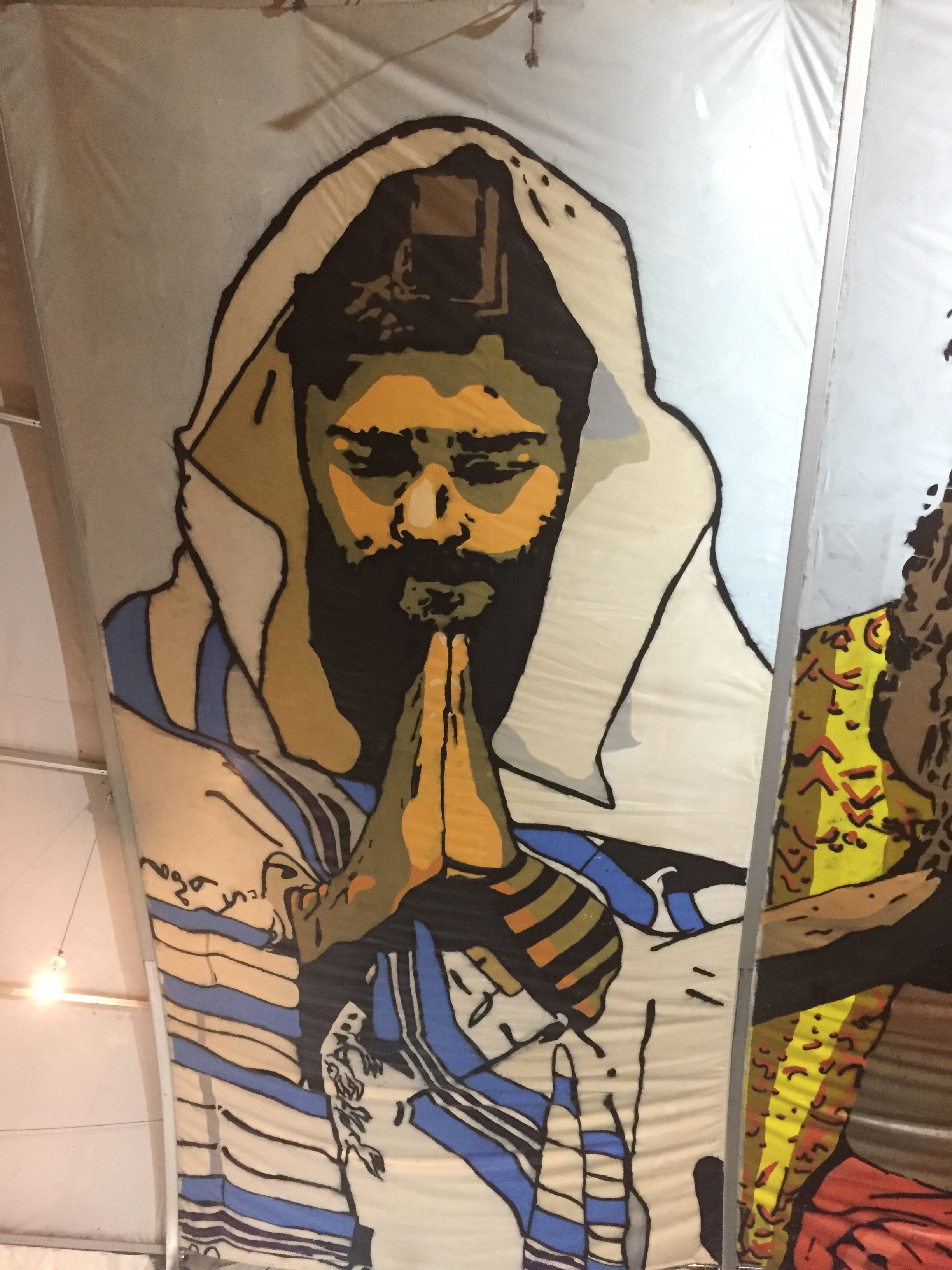
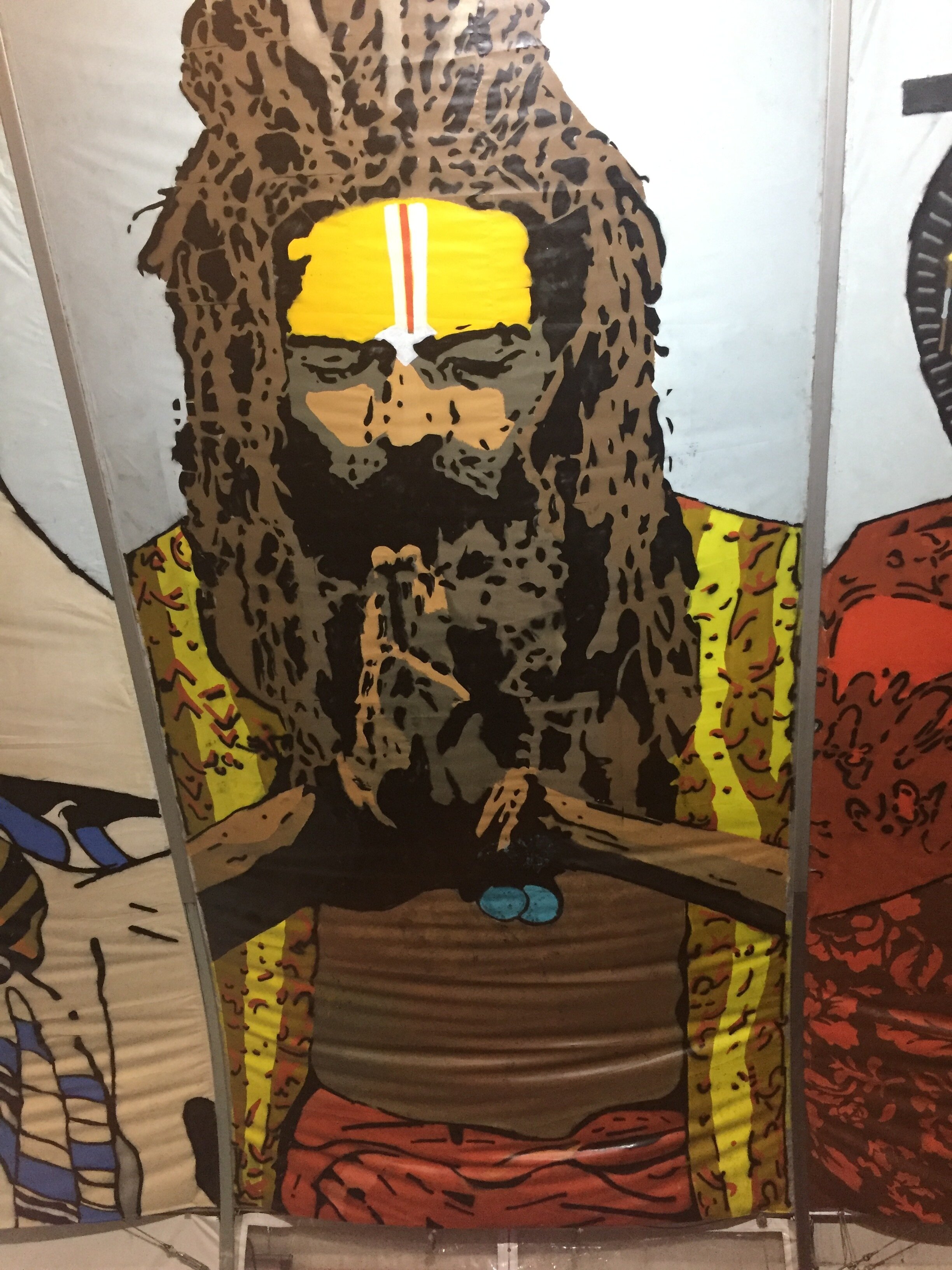
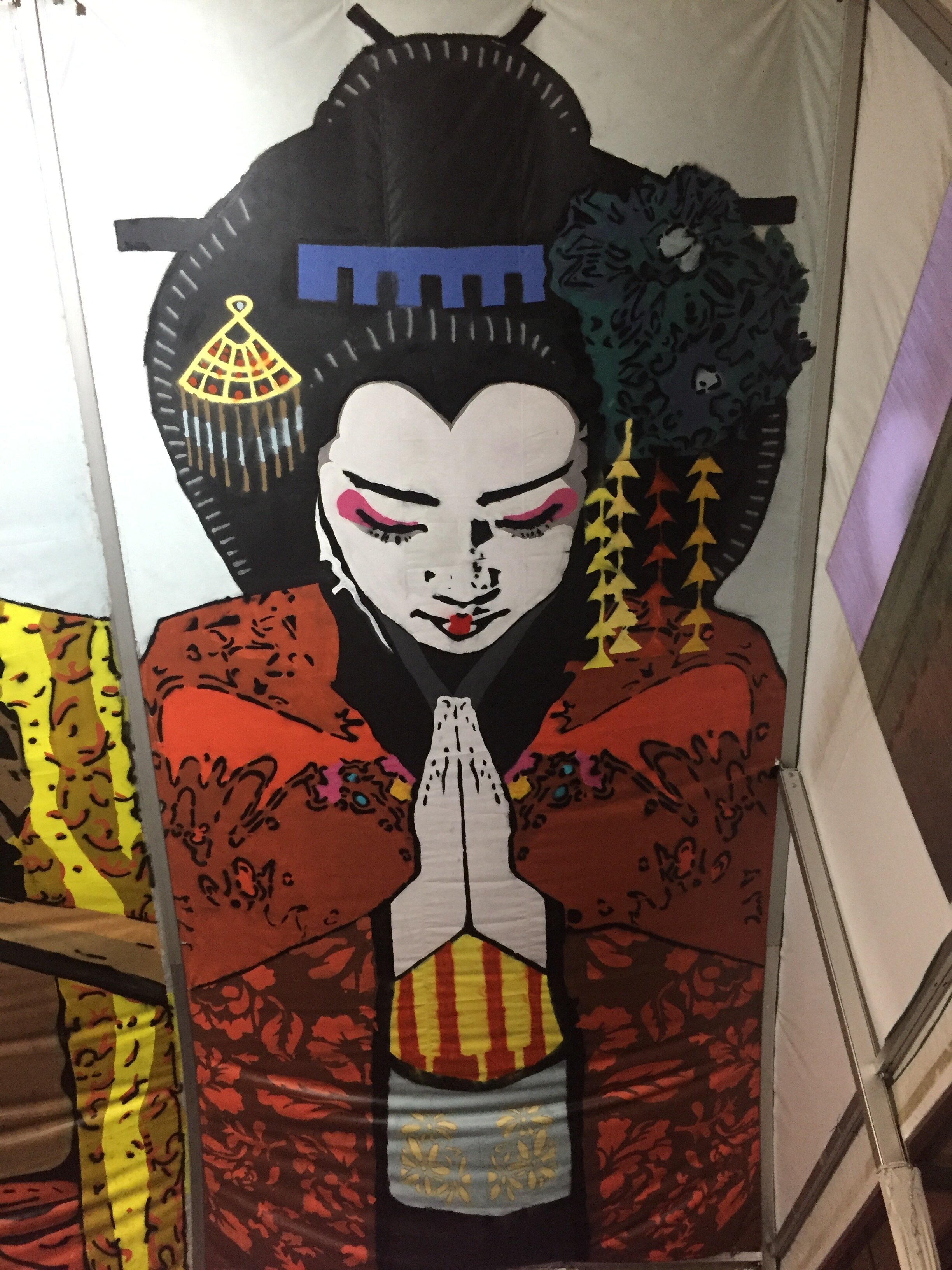
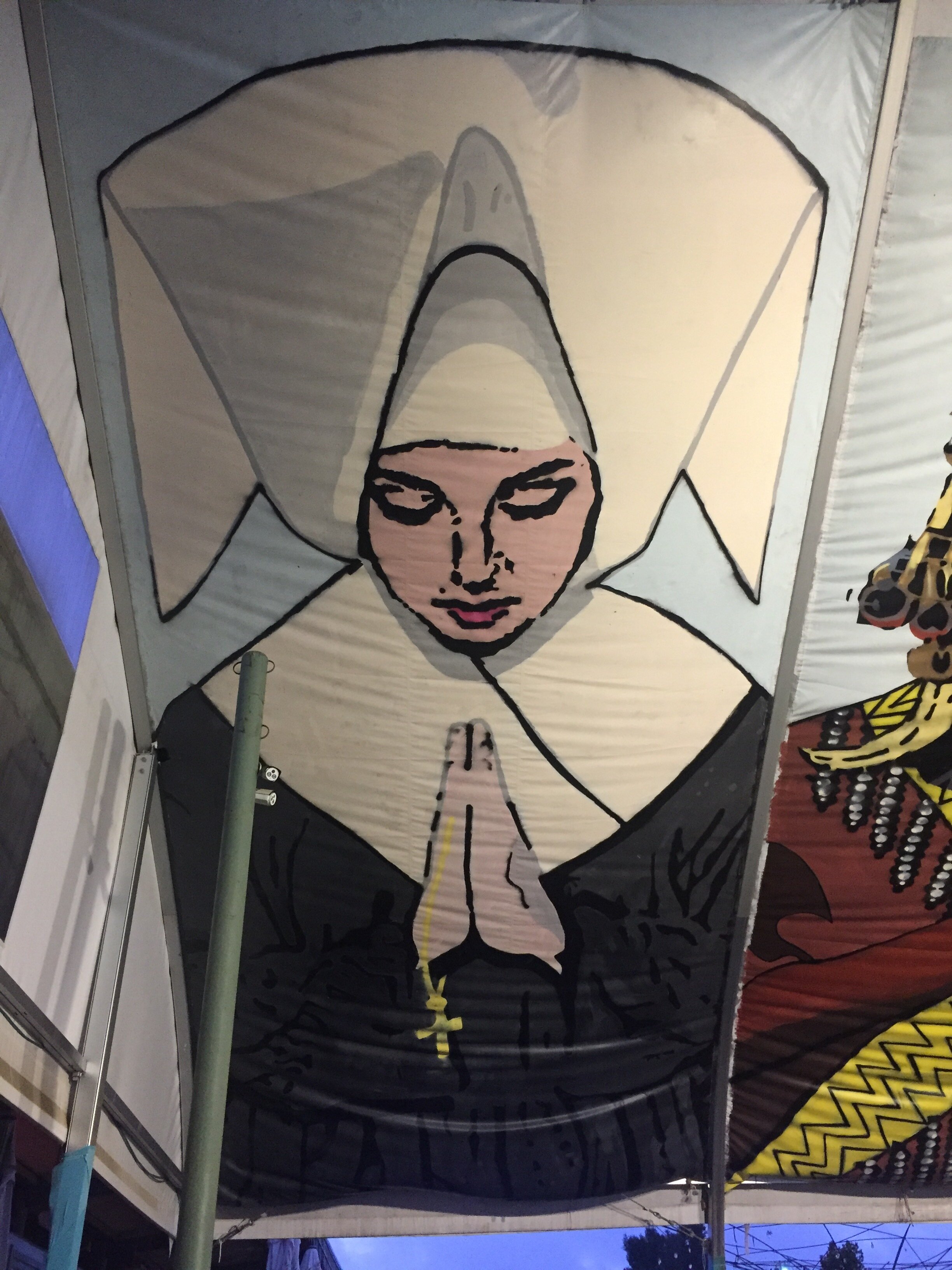
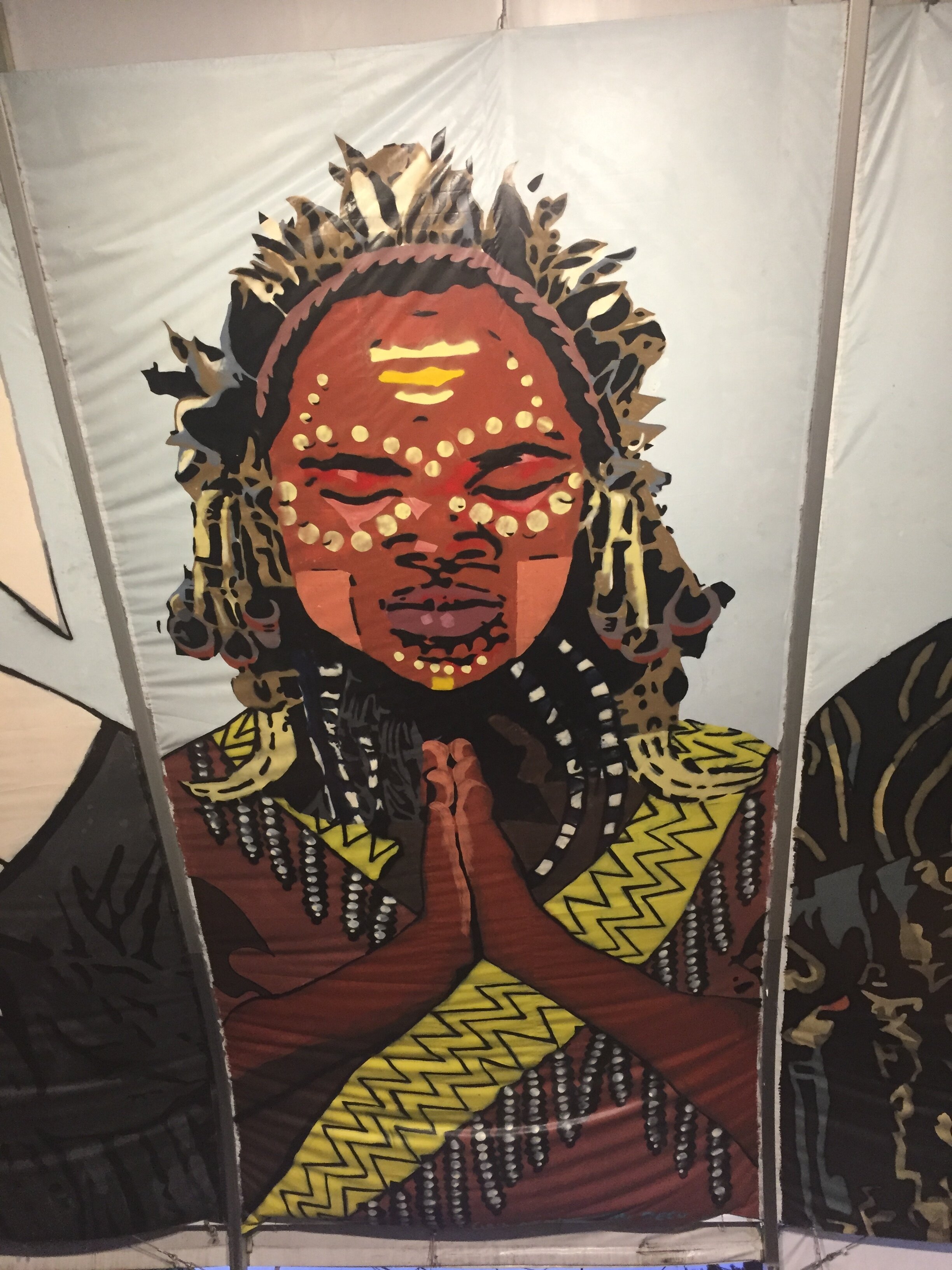











![CC BY-SA 2.5, https://commons.wikimedia.org/w/index.php?curid=937608 [5]](https://images.squarespace-cdn.com/content/v1/5dfd8beb22732d3b23495b1f/1577989241484-HKVUQ3DOPNPRI92VFOG4/Adams_onis_map.png)
